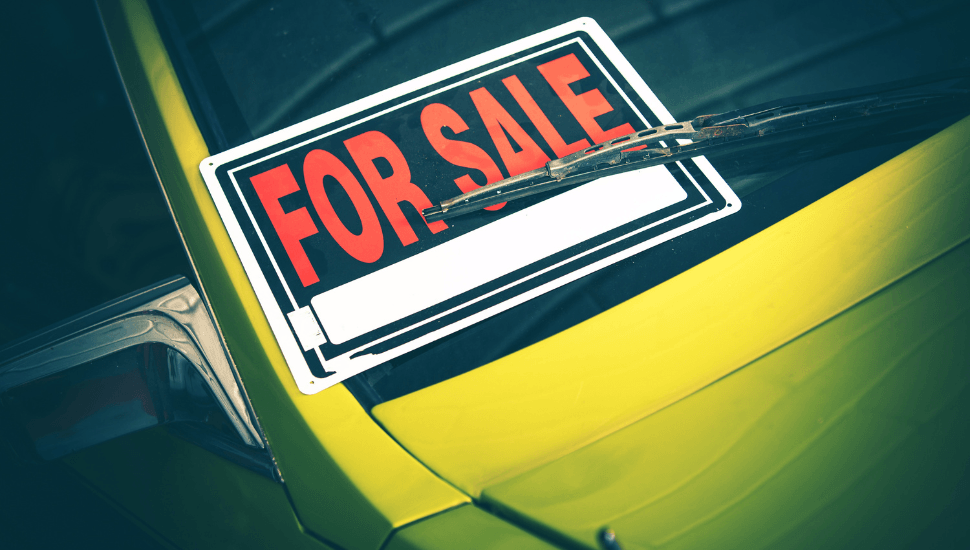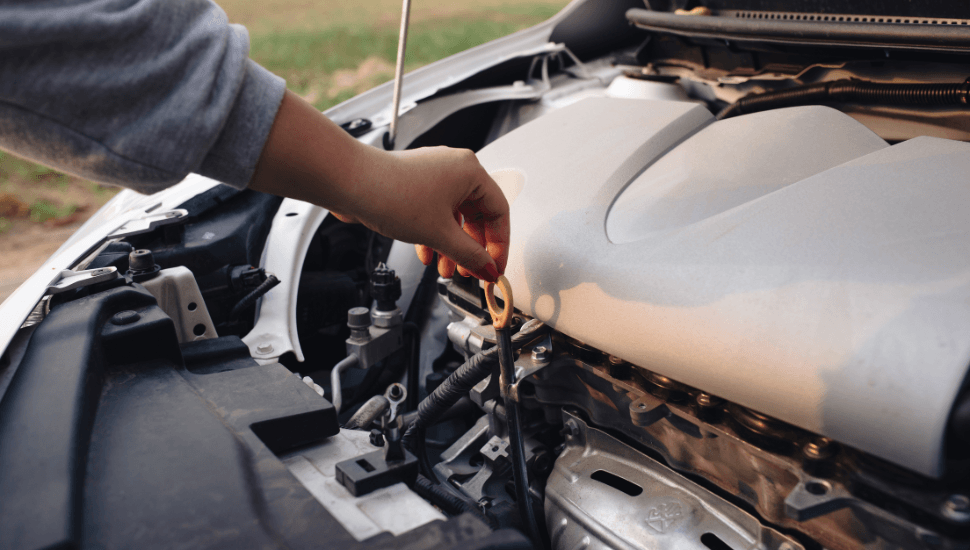"Why not take it for a spin?" - it’s a common refrain from dealership salespeople.
Take up such an offer to test drive a car, since it will help you decide if the vehicle is suitable for your needs.
Is it easy to drive? Does it handle well? Do you have a sufficient view of the road ahead?
A test-drive will help answer these questions.
 Going by reviews and photos alone could be a mistake: get behind the wheel and you'll know whether the vehicle is for you or not. After all, buying a car - where new or used - can be a costly endeavour.
Going by reviews and photos alone could be a mistake: get behind the wheel and you'll know whether the vehicle is for you or not. After all, buying a car - where new or used - can be a costly endeavour.
From the salesperson's viewpoint, a test drive may help them sell you the car. So don’t be shy about asking for one!
How to book a test drive
You may be able to simply turn up at a dealership and ask for a test drive of the model you're considering. Dealerships often have demonstrator cars of particular models - especially popular ones.
On the downside, salespeople are trained to encourage you to make a purchase decision there and then. However, if you don’t want it, simply walk away.
Alternatively, you can phone a dealership and ask if a test drive is possible - then book it.
24-hour test drive
While a 15-minute drive near the dealership can be beneficial when deciding if a model is right for you or not, a 24-hour test drive can be far more useful.
You don't want to buy a car half-heartedly.
A 24-hour test drive means you can take the vehicle home and see if your family likes it - especially important if a partner or children may be driving it too.
You'll also be able to determine if it’s comfortable to sit in for a long period, whether the infotainment system is to your liking, and how well you can see other road users when behind the wheel.

Car manufacturers promoting 24-hour car test drives
A number of car makers promote extended car test drives because it increases the chance of making a sale.
MINI, BMW and MG are some of the marques with whom you can arrange such a test drive.
Test driving a used car
It’s even more beneficial to take a car for a test drive if it’s second hand. It may have a limited warranty - or none at all - so you need to pinpoint any niggles before parting with your cash.
See our tips below for what to check on a used car.
What about 48-hour car test drives?
Some dealerships and manufacturers also promote 48-hour test drives.
These allow you to evaluate the car more thoroughly.
What if they won’t let me test drive it for longer?
If you feel that a 24-hour test drive is not enough, ask for a further 24 hours.
If this is denied, you can always hire the same model to give you more time.
 Credit: Jackie Davies - stock.adobe.com
Credit: Jackie Davies - stock.adobe.com
Is there an age limit for car test drives?
Each manufacturer or dealership has their own rules on taking one of their cars for a test drive. Some may insist that you are at least 21 years old.
And of course, you must have a valid driver's licence.
What about insurance during the test drive?
Fleet insurance is normally provided by the dealership - however check this before getting behind the wheel.
What happens if I have a scrape or collision during a test drive?
While the dealership won’t be impressed if you damage the car during the test drive, they should be covered by fleet insurance - regardless of who was deemed at fault.

Test driving a car from a private seller
Unlike dealerships, you won't be covered by a private seller's insurance.
You may have ‘driving-other-cars (DOC)’ cover on your own policy - but this is uncommon.
Get in touch with your provider to make sure.
Taking out temporary car insurance is another option.
Needless to say, test driving a car without insurance could land you in hot water.
Is it acceptable to test drive a car without buying?
You shouldn't feel pressured to buy a car just because you've taken it for a test drive. In fact, you may be able to make a less emotional, pragmatic decision if you decide you're not planning to buy from the outset.
What if I want to test drive it alone?
While most dealerships insist that a staff member accompany you on your test drive, some may allow you to take it out on your own. However, you may need to satisfy further criteria before this is granted.
What if I'm denied a test drive?
As you might expect, it's the prerogative of the dealership not to grant a test drive if they don’t wish to.
While it can be frustrating, it's important not to take it personally.
Perhaps there is no one available to accompany you (which could be the case on a Sunday, for example, or during the summer when staff take more holidays).
You might also be denied a test drive because there is a fault or niggle with the car (more likely with a used vehicle).
Some dealerships may also operate a no-test-drive policy.
It's a good idea to dress well before requesting a walk-up test drive (turning up your around-the-house t-shirt and jeans might go against you!).
Generally, it makes poor business sense to deny someone a test drive, since it increases the chances of a sale.

Test drive tips: What to check
NB: Some of the following tips on what to check when test-driving a car only apply to used cars.
Visual inspection (used cars)
A test drive gives you an opportunity to do this thoroughly.
Scrutinise the tyres for any bulges, cuts or other damage.
Also examine the roof. Get a better view by standing on a tyre.
Check boot storage is sufficient for your needs (new and used)
Get someone else to start the car (used)
Getting someone else to start the car (used) will enable you to check the engine is turning over well, and that no clouds of white smoke are being emitted from the exhaust.
Carry out a visual inspection of the engine while ‘cold’ (used)
Look out for leaks, check fluid levels, dipstick etc.
Ensure you can enter and exit the vehicle safely (new and used)
Check to see if you can exit the vehicle without, for example, bumping your head.
If you have a bad back or knee, ensure you can get in and out safely and comfortably.
Ensure the seat is comfortable and can be adjusted (new and used)
Adjust the steering wheel and mirror (new and used)
Adjust the steering wheel and mirror so you are comfortable throughout the test drive - you don’t want to make changes mid-test.
Ensure you have a good field of vision (new and used)
Newer cars often have safety features such as A- and B-pillars which can obstruct your view.
Determine how much impact the blind spot will have.
Ensure there are no clicking noises when you start it up (used)
Don't compare the vehicle to your old/current one (new and used)
Your next car will demand a period of adjusting.
Drive on both city roads and motorways (new and used)
The dealership may have a predetermined route they deem easy and/or quick; insist on a more challenging route.
Aim to test drive a used car for 20-30 minutes (new and used)
New cars may not need as much time to evaluate.
Test the acceleration (new and used)
Test the acceleration (without breaking the speed limit) then check the ABS with an emergency stop (ensuring it is safe to do so and warning your passenger beforehand!).
Include some rougher roads in your route (used)
This will help identify any suspension issues.
By the same token turn the steering wheel alternately left and right for a short period and listen for any screeches or rattles.
Find an empty can park and drive the car in a figure of eight (used)
This should help identify any suspicious noises.
While in the car park, check the heating/AC, infotainment system, and rear/front cameras, wipers, washers and horn (used).
This is also an opportunity to check under the bonnet for any coolant leaks triggered by the drive (this can be an issue with second hand cars).




